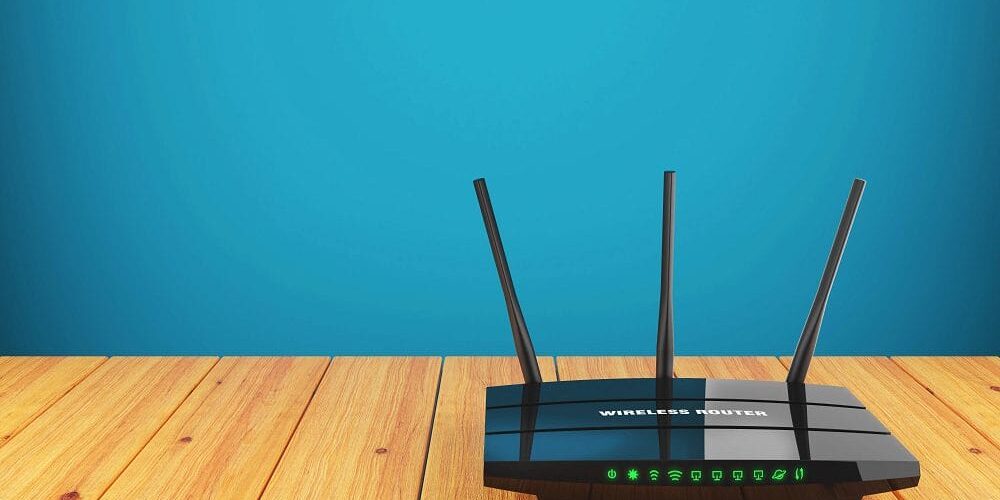Wi-Fi 6E: Deep Dive: The Biggest Wireless Upgrade You Need? (2024 Edition)
The wireless landscape is constantly evolving, and the recent arrival of Wi-Fi 6E has generated significant buzz. With promises of faster speeds, reduced congestion, and improved performance, it begs the question: Is Wi-Fi 6E the biggest wireless upgrade you need? This deep dive explores the technology, its benefits, potential drawbacks, and ultimately helps you decide if it’s right for you.
What is Wi-Fi 6E?
Wi-Fi 6E expands upon the existing Wi-Fi 6 standard by utilizing the newly opened 6 GHz frequency band. This band offers a vast amount of uncongested spectrum, compared to the crowded 2.4 GHz and 5 GHz bands used by previous Wi-Fi generations. This translates to several key benefits:
- Significantly faster speeds: Theoretical speeds can reach up to 9.6 Gbps, compared to 3.5 Gbps for Wi-Fi 6 and 1.3 Gbps for Wi-Fi 5.
- Reduced congestion: With more channels available, devices have more breathing room, leading to smoother performance and less interference, especially in densely populated areas.
- Improved latency: Lower latency means quicker response times, crucial for real-time applications like gaming and video conferencing.
- Greater capacity: Supports more connected devices simultaneously without sacrificing performance, ideal for smart homes and multi-user environments.
Benefits of Upgrading to Wi-Fi 6E:
The advantages of Wi-Fi 6E are compelling for several user groups:
- Gamers: Experience lag-free, immersive online gaming with lower latency and faster data transfer.
- VR/AR users: Enjoy seamless streaming and smooth interactions in virtual and augmented reality experiences.
- Remote workers: Benefit from reliable, high-speed connections for video conferencing, file transfers, and cloud-based workflows.
- Content creators: Transfer large video files and other data-intensive content quickly and efficiently.
- Smart home enthusiasts: Manage a growing number of smart devices without experiencing network bottlenecks.
Drawbacks and Considerations:
While Wi-Fi 6E offers significant potential, it’s crucial to consider some drawbacks before diving in:
- Limited device compatibility: Currently, fewer devices support Wi-Fi 6E compared to older standards. You’ll need a compatible router and devices to reap the benefits.
- Cost: Wi-Fi 6E routers and devices tend to be more expensive than their Wi-Fi 6 counterparts.
- Limited 6 GHz coverage: The 6 GHz band has shorter range compared to lower frequencies, potentially requiring more access points for larger homes or buildings.
Is Wi-Fi 6E right for you?
Ultimately, the decision depends on your individual needs and budget. Consider these factors:
- Do you need the extra speed and capacity offered by Wi-Fi 6E? If you’re a heavy data user or have a large number of connected devices, Wi-Fi 6E can provide a significant performance boost.
- Do you have compatible devices? If you don’t plan to upgrade your devices soon, investing in Wi-Fi 6E might not be worthwhile.
- What’s your budget? Wi-Fi 6E equipment is still on the premium side, so factor in the upfront cost.
Future Outlook:
Wi-Fi 6E is still in its early stages, but its potential is undeniable. As device compatibility increases and prices come down, it’s poised to become the dominant wireless standard.
Additional notes:
- This article is based on information available in February 2024. As the technology evolves, details may change.
- Be sure to research specific routers and devices to ensure compatibility and confirm performance claims.
I hope this deep dive provides valuable insights into Wi-Fi 6E and helps you make an informed decision about upgrading your wireless network.


















































